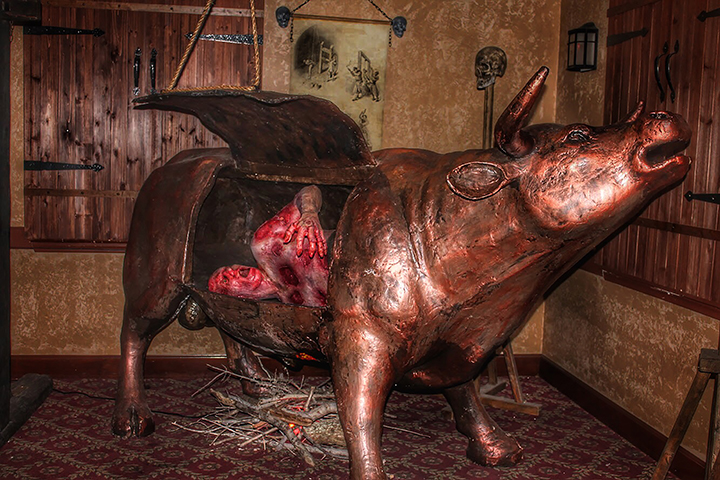Torture has remained a controversial and unsettling topic throughout history. Defined as the intentional infliction of severe pain or suffering, torture transcends physical harm, often including psychological torment. This discussion delves into the ethical perspectives on torture, from medieval cruelty to modern techniques, examining its definitions, history, and societal frameworks.
What is Torture? Defining the Concept
Torture involves actions that cause intense physical or psychological distress, often used as a means of coercion or punishment. The psychological torture definition includes practices like mock executions, sensory deprivation, or threats to loved ones. These methods inflict trauma without physical scars, complicating the ethical debates around them. Questions like “Is intentional sleep deprivation considered torture?” highlight how modern perspectives challenge older notions.
A Brief History of Torture
Cruel Medieval Punishments
The medieval period showcased some of the worst forms of torture in history, characterized by brutal methods designed to extract confessions or instill fear. Instruments such as the rack, iron maiden, and thumbscrews exemplify the era’s extremes. For a deeper dive into these devices, visit the Medieval Torture Museum in Chicago, where historical artifacts and reconstructions bring these grim practices to life.
Torture in Modern Times
While medieval methods are often dismissed as relics, some types of torture still used today reveal shocking continuities. For instance, “what is hooding torture?” refers to the practice of placing a hood over a detainee’s head to disorient and dehumanize. Modern innovations, such as 25 modern torture methods, include waterboarding, stress positions, and psychological manipulation.
Ethical Dilemmas and Moral Frameworks
Torture’s morality lies at the heart of ongoing debates. Opponents argue that it’s an atrocity, undermining human dignity and eroding societal ethics. Proponents, however, justify its use under extreme circumstances, such as the so-called “ticking time bomb” scenario. This raises critical questions about legality, justification, and societal norms.
Psychological and Sexual Torture: The Hidden Impact
Among the most insidious forms of torture are those targeting the mind and body’s vulnerabilities. Sexual torture definition encompasses acts designed to degrade and inflict psychological scars, leaving victims with lifelong trauma. Similarly, the psychological torture definition highlights the invisible but devastating impact of methods like isolation or coercion, blurring lines between punishment and oppression.
Visiting Torture Museums for Insight
Museums dedicated to medieval torture serve as powerful reminders of humanity’s capacity for brutality and resilience. Whether you’re exploring the Medieval Torture Museum in LA or learning about exhibits at the Medieval Torture Museum in St Augustine, these institutions provide invaluable context for understanding the evolution of coercive practices.
Modern Relevance and Reflection
From ancient cruelty to modern torture techniques, the conversation around torture is as relevant as ever. Reflecting on its history helps society grapple with ongoing issues of oppression, captivity, and suffering. Moreover, discussions in forums like the museum’s blog foster awareness and empathy, inviting visitors to question how far we’ve come in protecting human rights.
Torture’s ethical implications extend far beyond historical atrocities. By examining practices from medieval punishments to modern-day techniques, society can better understand the moral, legal, and psychological dimensions of this contentious issue. Whether seeking to learn “what to do in Chicago” or gain deeper insight, visiting a museum dedicated to such themes offers a unique and thought-provoking experience. As we reflect on history, we must challenge ourselves to build a future free of such inhumanity.






